







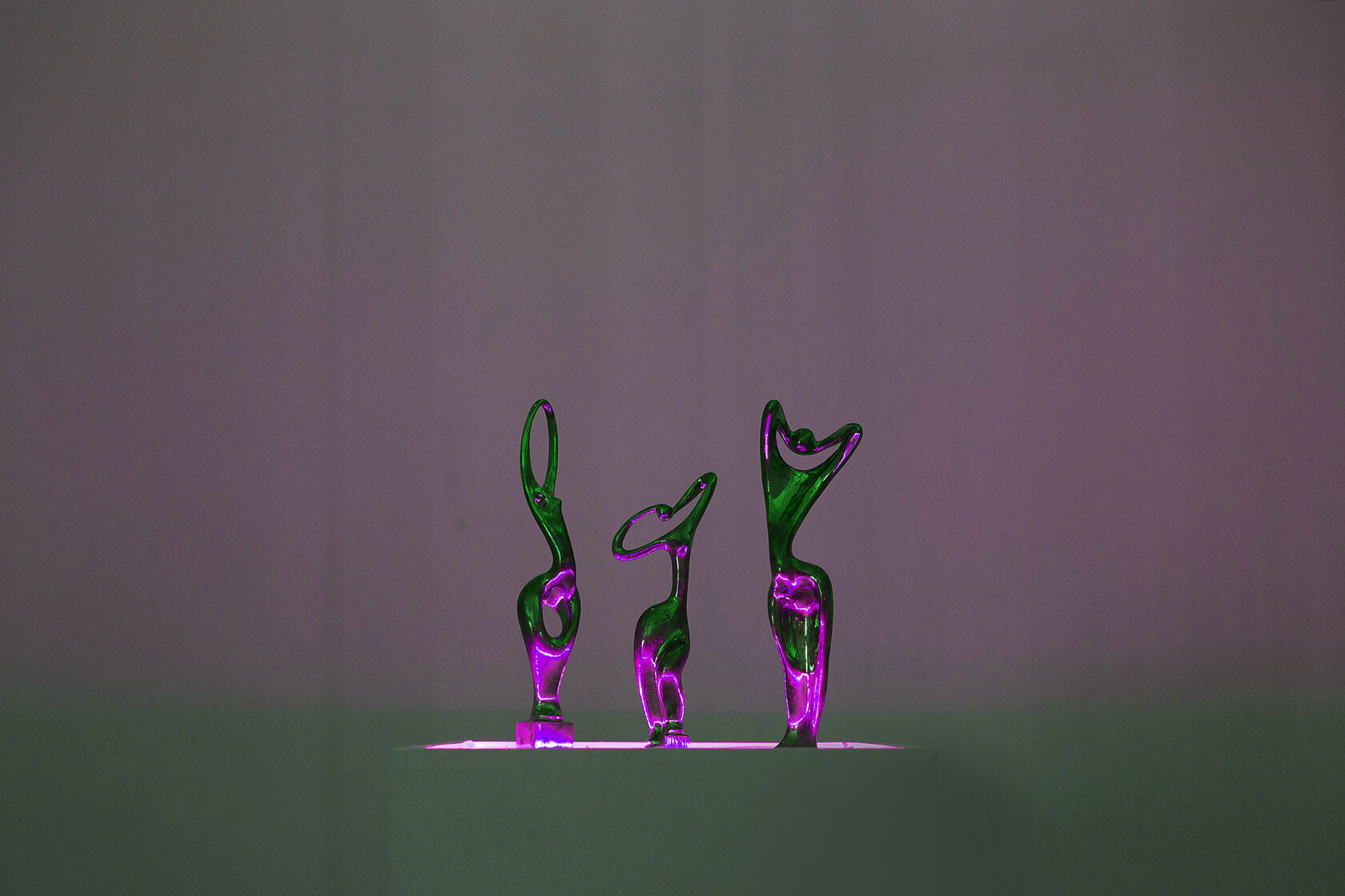
The Sculptures
Which We Don’t See
Which We Don’t See
Contemporary & Modern
Story
The exhibition of legendary Moscow sculptors, members of the art association LeSS (1954-1968) is a full-scale study of the phenomenon of “basement nonconformism” that existed in the USSR parallel to official art. Dozens of works by Vadim Sidur, Leonid Berlin, Anatoly Slepyshev and Alexander Pozin from the Manege collection were exhibited along with works by Vladimir Lemport and Nikolai Silis
In 1954, young Moscow sculptures Vladimir Lemport, Vadim Sidur and Nikolai Silis created the artistic association LeSS. The group's joint activities continued until 1968. While fulfilling government orders, all three were involved in the creation of the most visual form of ideological propaganda - monumental sculptures integrated into architectural structures of the period of late Soviet modernism. But the ongoing struggle against formalism in art in the USSR forced artists to turn to small forms and small plastics; the works of sculptors remained for a long time in the basements of their workshops
Project
Contemporary & Modern
Type
CEH Manege
Place
Manege square, 1, Moscow
Address
MEA Manege
Initiator
Vera Trakhtenberg
Curator
Peter Mancilia-Cruz, Alex Godovanets
3 500 sq.m
Area
>300 pieces
Number of exhibits
Peter Tolpin, Kirill Lebedev, Anna Shevchenko
Team
Pavel Seldemirov
Photo
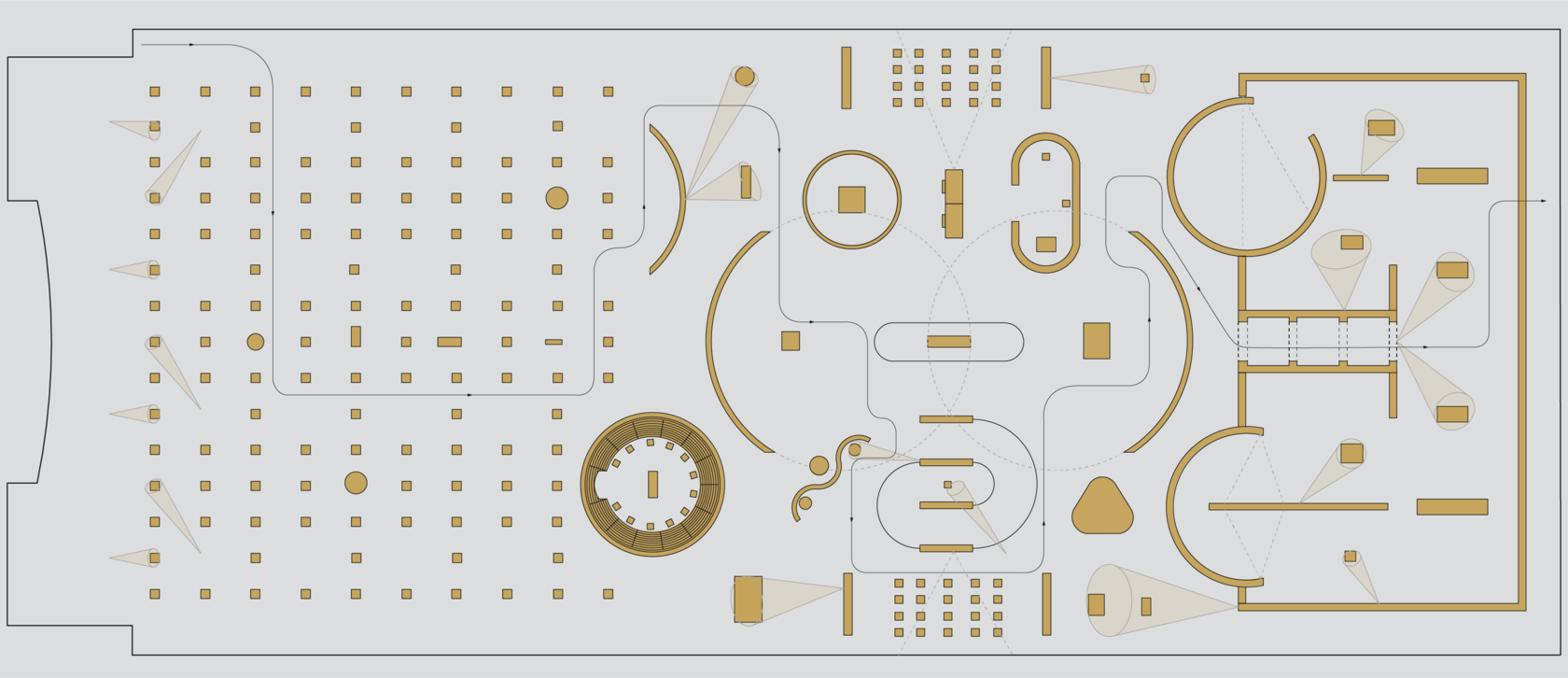
Temporary exhibition plan
«The internal, the “invisible,” becomes not only visible, but also embodied, tangible, material. The object transforms the environment and changes it, turning emptiness into a space of expression. Martin Heidegger called sculpture “the bodily embodiment of the truth of being in its place-creating work,” we include in a single exhibition space all types of artistic expressions that work with form: painting, graphics, video, and, of course, sculpture itself»
Curator, Vera Trakhtenberg
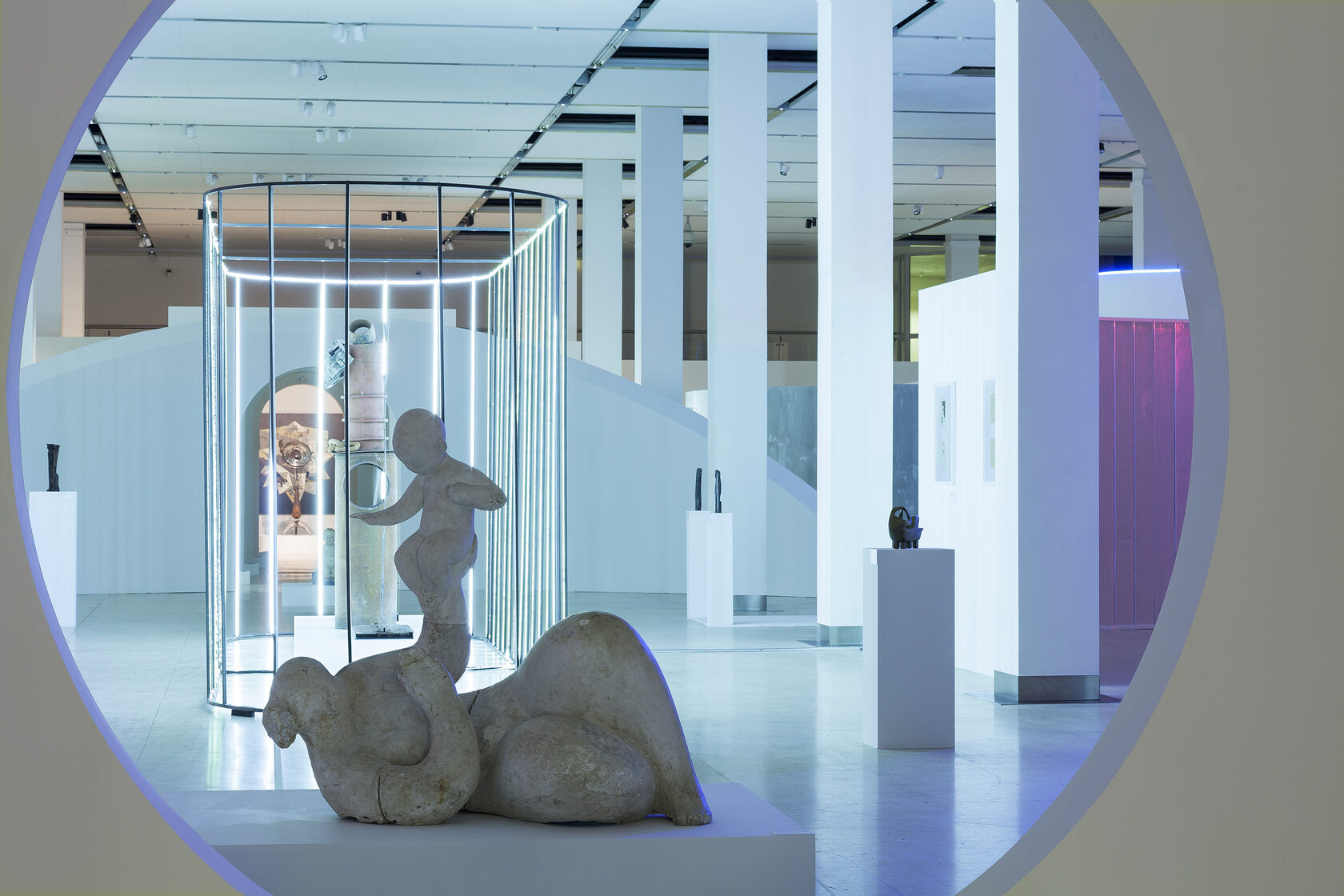
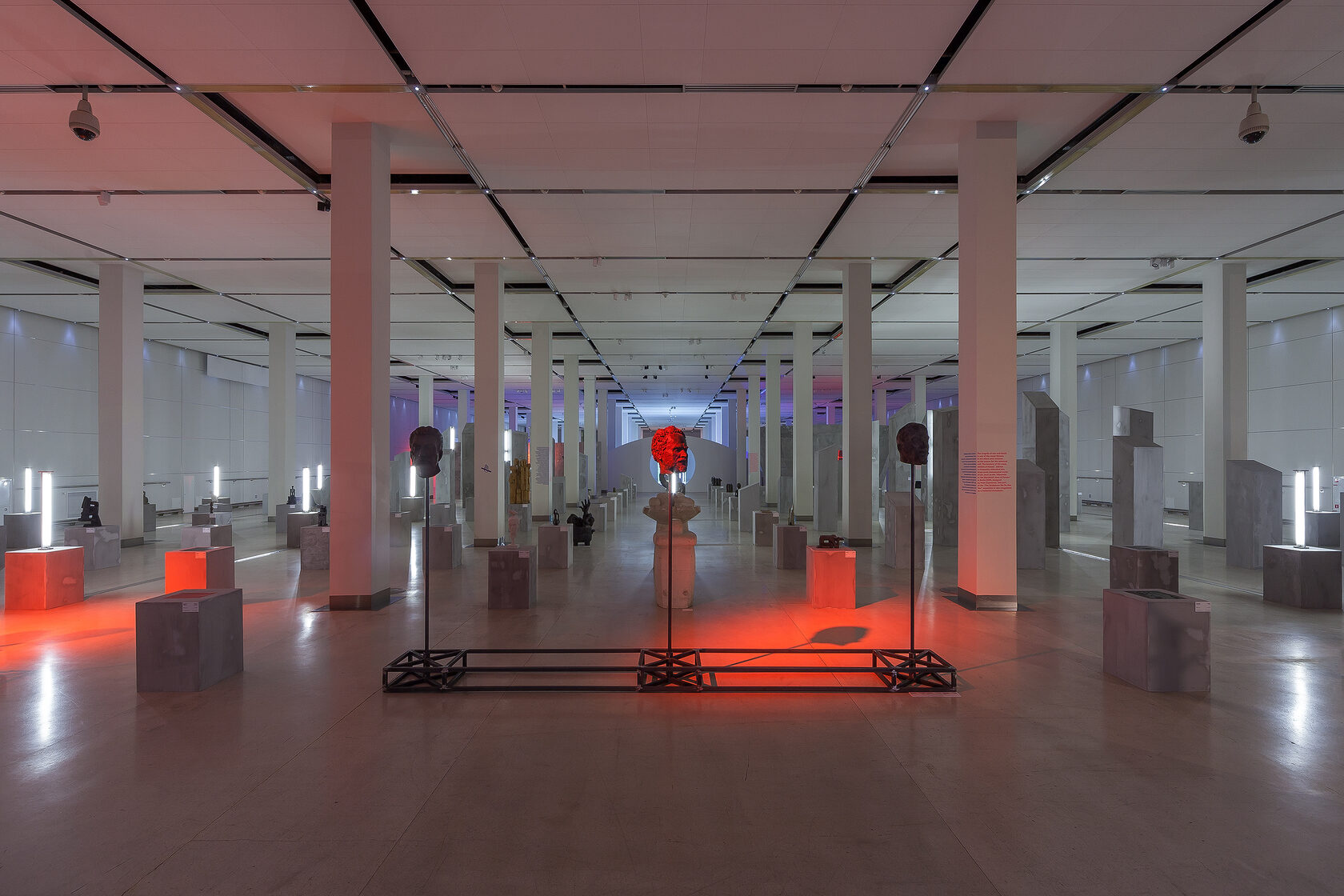
«The exhibition addresses art that has long been in the “shadow” of official culture. This is important not only as a step towards restoring the intellectual heritage of the Soviet period, but also as a study of the connections of modern culture with the tradition laid down by the classics of nonconformism. We hope that the visitor will follow this dialogue and expand their vision of Russian art»
CEO of the Manege Association, Irina Tolpina

Temporary exhibition axonometry
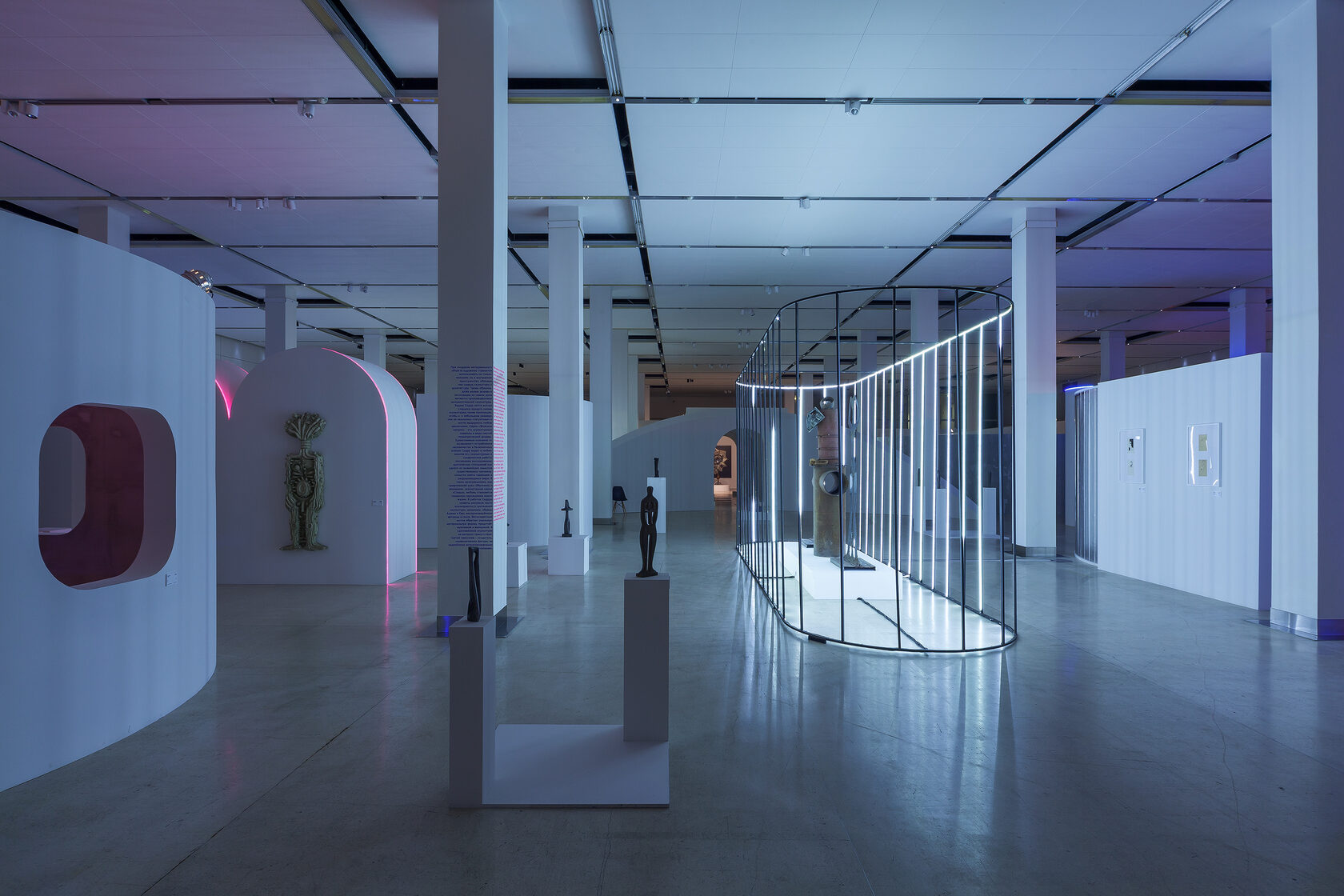
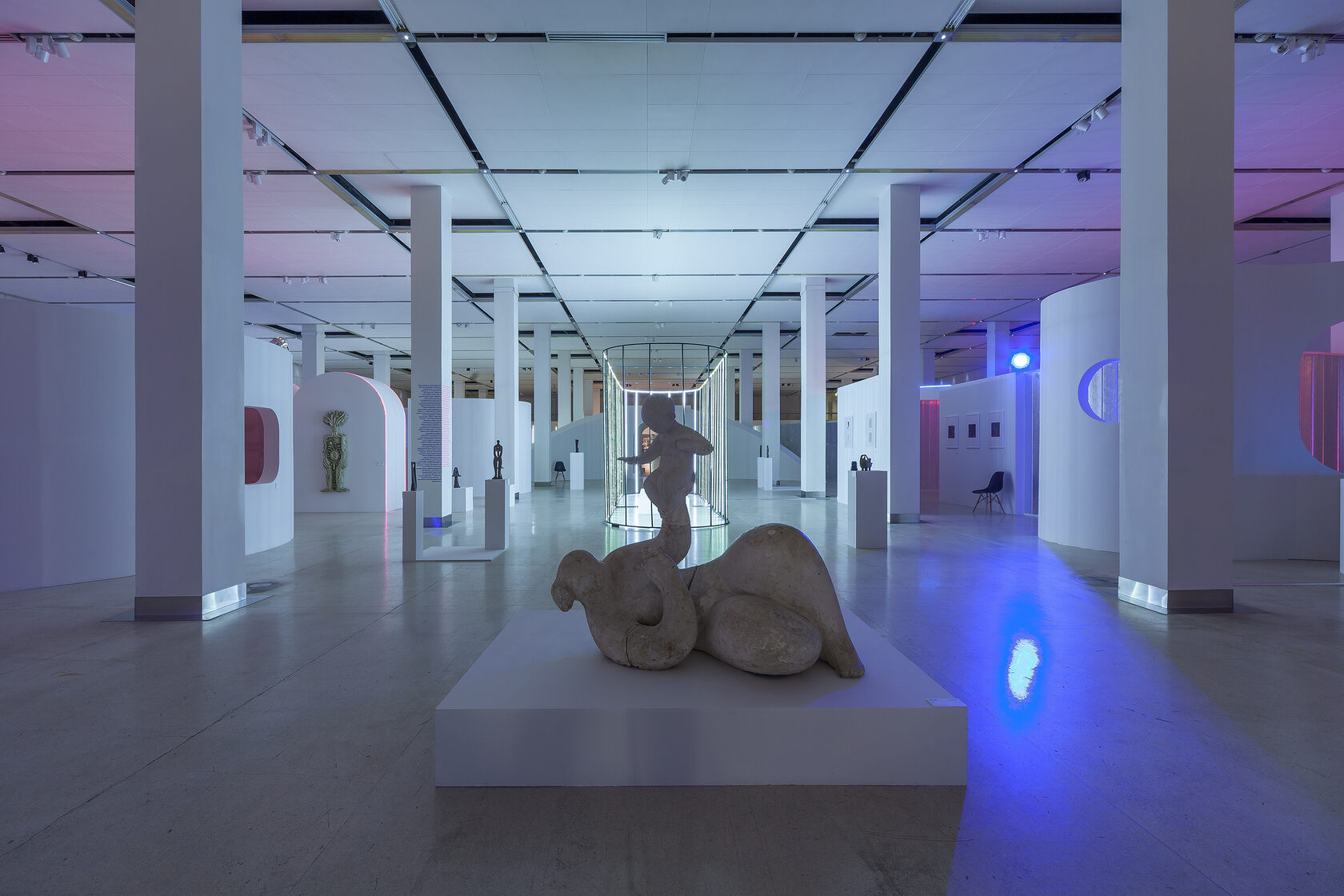
Vadim Sidur (1924 – 1968)
Soviet artist and sculptor, avant-garde artist. According to Sidur’s own words, his later work belongs to the “Coffin Art” movement. During his life he created more than 500 sculptures, about a thousand engravings and drawings, and also wrote poetry and prose. The artist constantly faced official rejection of his works; he was accused of a tendency towards formalism and pacifism. During his lifetime, Sidur did not have the opportunity to exhibit his works in the USSR; he gained fame abroad earlier than at home; more than 30 exhibitions took place outside the USSR, most under the curation of the Slavist Karl Eimermacher. The first monograph about Vadim Sidur was published abroad in 1972, its author is Australian art critic Sasha Grishin
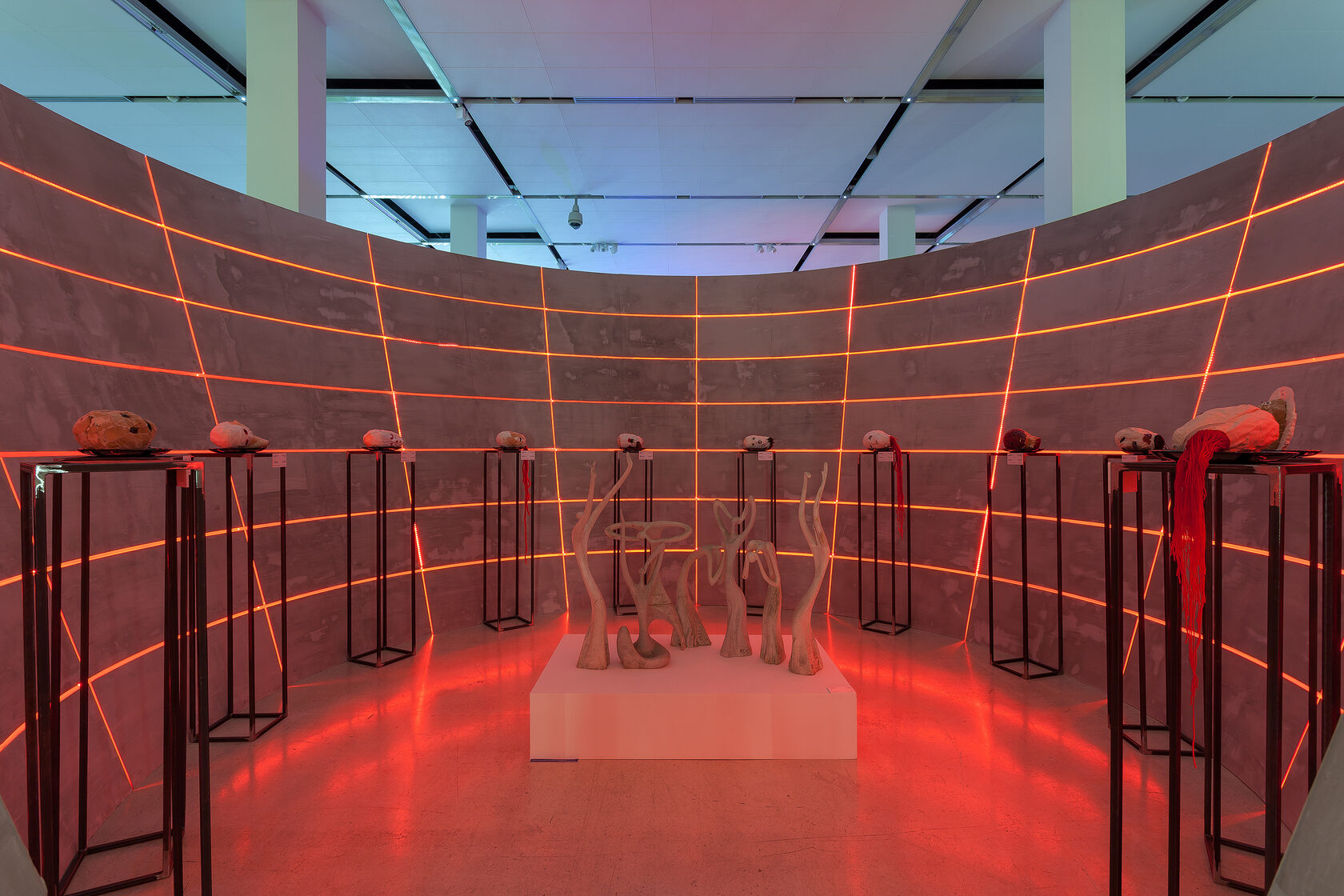
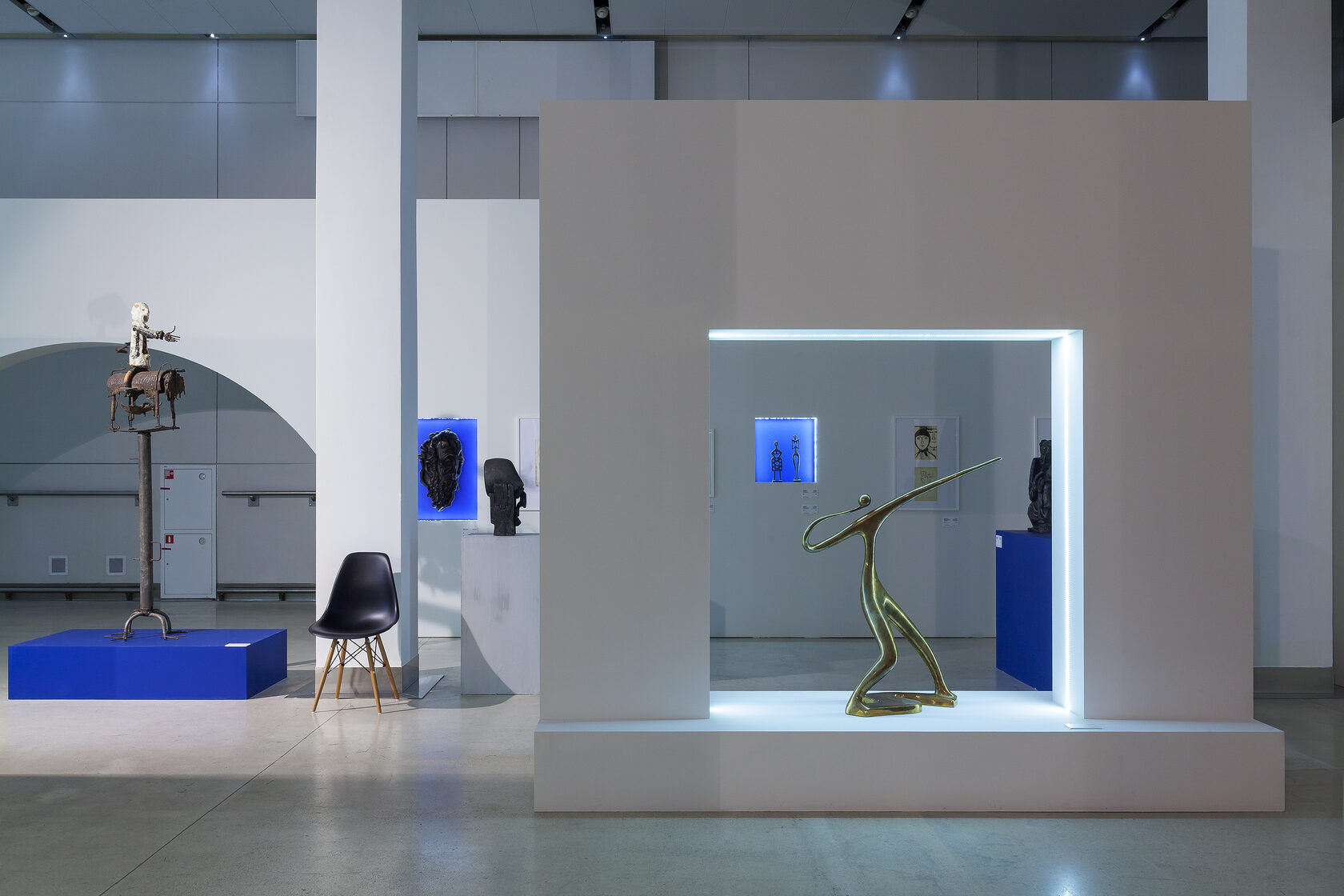
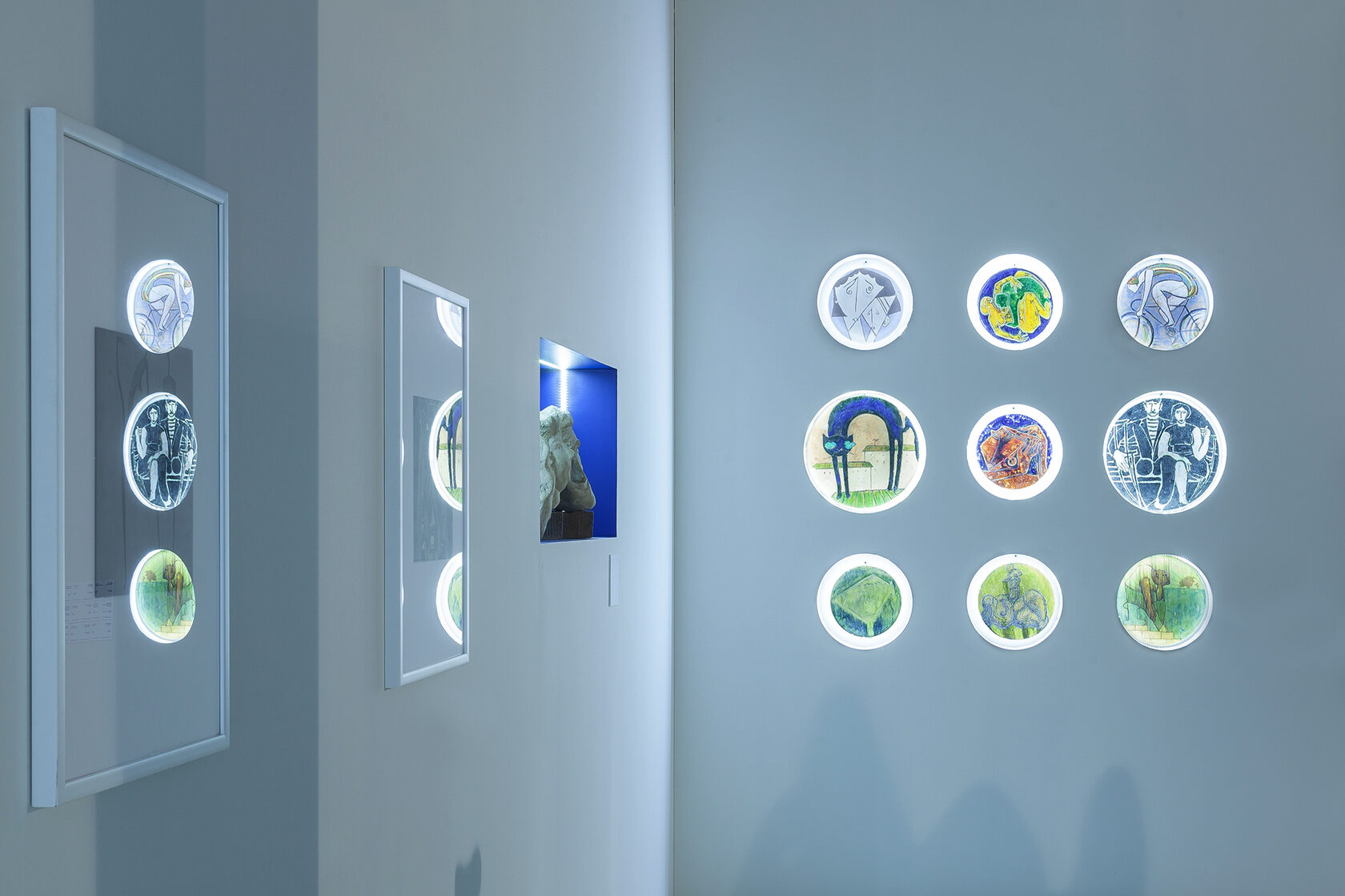
Vladimir Lemport (1922 – 2001)
Soviet and Russian sculptor, artist, translator, actor. The creative method of Vladimir Lemport is characterized by monumentality, generalization of form on the one hand and graphic detailing on the other. The author of many monumental sculptural compositions that became an integral part of the appearance of such architectural monuments as Moscow State University on Vorobievi Hills (1952), the Luzhniki stadium (1956), the Palace of the Soviets (1960), and the embassy in Lagos and Nigeria (1968). The artist often turned to biblical themes. The first compositions based on subjects from the Old and New Testaments appeared in the mid-1960s. Since the 1990s, his works have been exhibited in France, Germany, England, Spain, Belgium and Holland


Main аrchitectural forms catalog
Nikolai Silis (1928 – 2018)
Soviet artist, monumental sculptor. He created his own style of abstract depiction of female beauty. The key figure in his art was a woman, whose image the sculptor reflects clearly, formalistically in ceramics, wood, fireclay, bronze, and graphics. In the early 1960s, a number of his works were accepted for reproduction in ceramics. After the collapse of the LeSS group, Silis and Lemport worked together until 2001
Related projects
year
type
name




